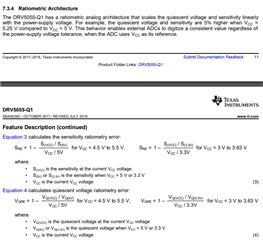I measured the distance between the magnet and this part.
At that time, there is a difference in output between when approaching and when moving away.
I found that the value tends to be higher when moving away.
Could you please tell me the cause and countermeasures?
-
Ask a related question
What is a related question?A related question is a question created from another question. When the related question is created, it will be automatically linked to the original question.


